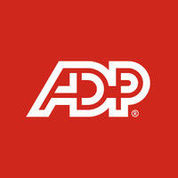G-P is a Employer of Record (EOR) Software. G-P offers Applicant Tracking, Electronic Signature, Job Management, Multi-country, Payroll Management and many more functionalities.
Some top alternatives to G-P includes Multiplier, Velocity Global, Remofirst, Oyster and Remote.com.
No, G-P doesn't provide API.
No, G-P doesn't provide mobile app.
G-P is located in N/A
G-P offers Quotation Based pricing model
Yes, G-P can integrate with BambooHR, Workday HCM, ADP Workforce Now, Greenhouse and many more.You can find more integration for G-P here
The starting price is not disclosed by G-P. You can visit G-P pricing page to get the latest pricing.



















